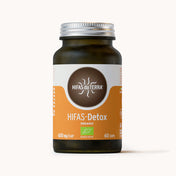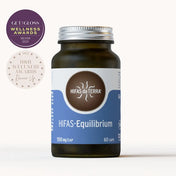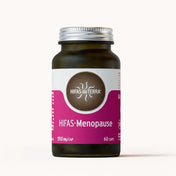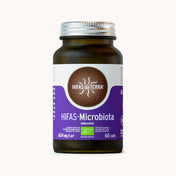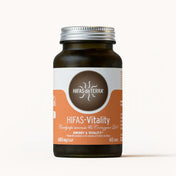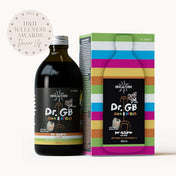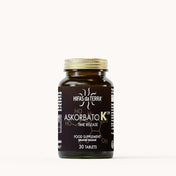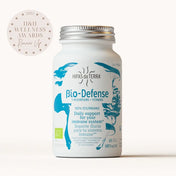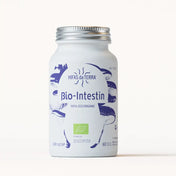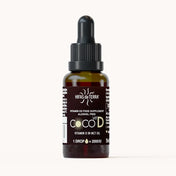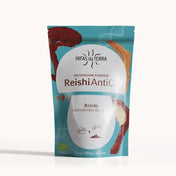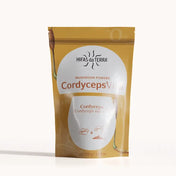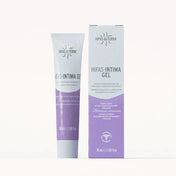The objective of the study developed by the Medina Foundation, Center for Excellence in Research of Innovative Medicines in Andalusia, is to evaluate the inhibitory potential of the fungal extracts included in the formulations of the Micosalud line on the main isoforms of the CYP450 (CYP3A4, CYP2D6 and CYP2C9).
The conclusions of this study demonstrated a low possibility of drug interactions In vivo by inhibition of the CYP450.
ASSESSMENT CYP450 INHIBITION by Fungi Dietary Supplements
Introduction
Due in part to the increased consumption of herbal products on a Global Scale, A Sharp Rise in the reported Number of Both in vitro and in vivo interactions of dietary supplements with prescription Drugs that are metabolized by Cytochrome P450 (CyP) Enzymes you have been observed. Popular Products Such As Ginseng, Saw Palmetto and St. John’s Wort Have Demonstated Power In Vitro Inhibition or Induction of CyP Activity. WHILE Reports of in Vivo Interactions are not as numerous, Natural Products Such as Garlic, Goldenseal and Grapefruit Juice Have Shown The Potential To Affect CyP Activity in Vivo. As The Wide-Sperad Use of Herbal and Alternative Medicines Continues, an Increased Awareness On The Part of the Research and Medical Communities Should Afford Safer Use of these Products in the Future.
Objective
The AIM of This Study was to evaluate the in vitro enhibitorary potential of 8 Different Commonly used Fungi Preparations on the main cyp450 isoforms (CYP3A4, CYP2D6 and CYP2C9). These products: Coriolus versicolor, Ganoderma lucidum, lentinula edodes, leafy tap, Agaricus Blazei, cordyces sinensis and polyporus umbellatus are All registered in Spain as dietary supplement production by the Spanish medicine agency.
Methods and Materials
Preparation of Herbal Extracts
The Dry Commercial Herbal Products (Pills or Capsules) Were Grouted in A Mortar, If Needed, and Dissolved in Water and DMSO 80/20 for Extraction. The recommended Daily Dosage of Each Fungi Preparation was taken as Basis for All Extractions1 for Further Details. In vitro concentrations are expectted to cover the Range of Concentrations Occurring in the Small Intestine and Blood in vivo. All Fungi Stock Solutions Were Kept at 4 ° C, Avoiding Light.
Enzyme Assay
Human Liver Microsomes (0.25 mg/ml) Were Incubated in Separate 96 Well Plates for 15 min. AT 37 ° C IN A 0.1 mm potassium phosphate buffer (pH 7.4) Containing Each respective probe Subtrate testosterone at 50 μm for Cyp3a4, dextrometHorphan at 10 μm for cyp2d6, and diclofenac at 20 μm for Cyp2c9) and a nadph-irgenerating system system (1.25 mm NADP +, 3.3 mm Glucose-6-PHOSPHATE, 3.3 mm mgcl 2 and 0.4 U/ml Glucose-6-PHOSPHATE DEHYDROGENASE). Fungi Extracts Were Dissolved in DMSO/Water (20/80) and Were Added in Volumes of 2 μl. The Positive Control inhibitor (Ketoconazole for CyP3A4, Quinidine for CyP2D6 and Sulphafenazole for CyP2C9) Were Dissolved in DMSO/Water (20/80) and Were Added in Volumes of 2 μl. All incubations were performed in 0.2% DMSO. The Total Incubation Volume was 200μl. The reaction was terminated by the addition of 90 μl acetonitrile. The Formation of Specific Relations Products (6-Beet-Hydroxy-Testosterone, Dextorphan and 4’-Hydroxy-Declofenac) was monitored by Liquid Chromatography Coupled to Mass Spectrometry as prior described2.
Results
Summary of IC50 Values for Fungi Dietary Supplements in Main CyP450 ISFORMS
Conclusions
As previously demonstrated from a crude comparison of in vitro inhibition potency and magnitude of drarug interactions, in almost all cases, if the inhibitorry potenty was ≤1 μm, an in vivo drarug-dist interaction was observed; However, if the inhibitorry potenty was ≥10 μm, there still is low posssibility that the drarug could cause an interaction3. Therefore The Fungi Dietary Supplements Asessed in This Work present Low Possibility of Displaying in Vivo Drug Interactions by Inhibition of CYP450.
References
- Hellum, B. H.; Hu, Z.; Nilsen, O. G. The Induction of CYP1A2, CYP2D6 and CYP3A4 by Six Trade Herbal Products in Cultured Primary Human Hepatocytes Basic Clin Pharmacol Toxicol 2007, 100: 23-30.
- Pérez, J.; Díaz, C.; Salado, I. G.; Pérez, D. I.; Peláez, F.; Genilloud, O.; Vicente, F. Evaluation of the Effect of Compound Aqueous Solubility in Cytochrome P450 Inhibition Assays Advances in Bioscience and Biotechnology 2013, 4: 12.
- Obach, R. S.; Walsky, R. L.; Venkatakrishnan, K.; GAMAN, E. A.; Houston, J. B.; Tremaine, L. M. The Utility of In Vitro Cytochrome P450 Inhibition Data in the Prediction of Drug-Drug Interactions J Pharmacol Exp The 2006, 316: 336-348.
